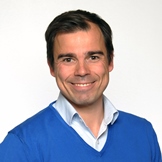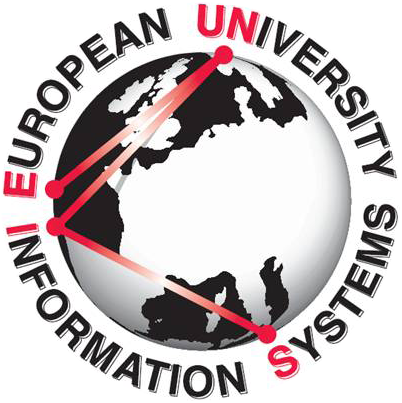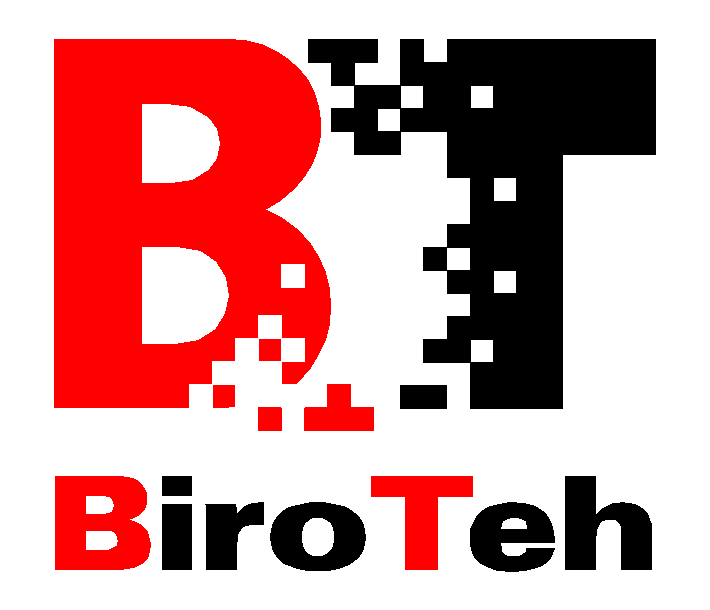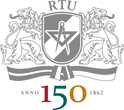Presentations

Rasmus Almqvist
Cisco, Business Development Manager
Session title: What’s your Grand Design?
Biography:
Rasmus Almqvist has been active in the Internet industry since the mid 1990’s. Employers include Nokia Head Office, Skype and Cisco and he has a solid background as an entrepreneur. Rasmus spends most of his time helping organizations transform their operations using collaborative communications technology.
Abstract:
In my presentation I will talk a about something industry experts refer to as ‘enterprise architecture’. But what exactly is ‘enterprise architecture’ and how does this term differ from more frequently used terms such as ‘technical solution’ and ‘technical architecture’?
Let’s start by taking a look at the etymological explanation. Let’s start by looking at something familiar to us and something we all have some sort of experience with – buildings.
By the looks of it a building is the result of a laborious process of seamlessly joining together bricks, concrete blocks, cement and the occasional glass shield we call windows. Put together by following a detailed and meticulous plan including specific design for electricity, motorized ventilation and plumbing you might be tempted to define the end-result as being architecture.
Buildings, however, are not architecture, despite the complexity or attention to detail during the implementation phase. Buildings are merely the end-result of architecture in play.
Wikipedia gives us this explanation: “In relation to buildings, architecture has to do with the planning, designing and constructing form, space and ambience that reflect functional, technical, social, environmental, and aesthetic considerations” [italics made by the author].
Without the intention to meet the functional, technical, social and environmental need of the constructor, the building will never be characterized as architecture. Without intention a building is merely a piece of assembled wood or a massive piece of concrete.
In short, architecture strives to meet the functional demand of the activity taking place within and outside the building. It is in fact the ambition to achieve set functional goals that is the key driver for what I would like to call The Grand Design.
Pause here for a moment and reflect on your own organization, then rewind to the definition of architecture within the construction industry and ask yourself the four following questions:
- What is your organizations Grand Design?
- What are your operational goals and how determined are you to achieving these?
- Do we have a set of drawings that not only outline what building material we need to have but also explain how these will help you achieve our operational goals?
- If you did have the set of drawings or if you already have an existing architecture in place, how easily/quickly can the design be changed to facilitate increasingly changing operational goals?
If you do not have the answer to each of these questions there is a clear and present threat that your technical solution will not evolve in pace with organizations business requirements.
In my presentation I will outline ways to capture and communicate your organizations Grand Design.
 Sergei Butenko
Sergei Butenko
District Manager, Baltic countries, EMC
Session title: Journey to the cloud

Sergey Belov
IBM University Relations Coordinator, IBM Central & Eastern Europe, Middle East, Africa (CEEMEA) Business Programs Manager
Session title: How to build the Smarter Planet together?
Biography:
For over seven years Dr. Sergey Belov has been coordinating IBM University Relations in growth and mature countries of Central & Eastern Europe, Middle East & Africa. Dr. Sergey Belov has established long-term partnerships of mutual value with top universities in the region with priorities placed on skills development, research, access to best and brightest students and faculties, innovation and growth.
Before joining IBM Dr. Sergey Belov had an academic career, researching Information System Engineering in Osaka Sangyo University and as an Associate Professor of Department of Numerical and functional Analysis in Russia State University of Nizhny Novgorod.
Abstract:
Are our lives, our work and environments constantly moving towards becoming smarter? What is driving latest innovations and trends, and how can we all maximize synergies along this growth?
Dr. Sergey Belov presentation will focus on trends and technologies driven by IBM research centers and their activities. It will give you an overview of collaborative projects with Universities and other Academic institutions and organizations. You will learn about vast array of options how Academia can take part in making our planet smarter. Some of the most inspiring and exciting collaboration projects will be showcased as well to demonstrate how relationships between research and education drives growth and helps us exceed our limits.






























